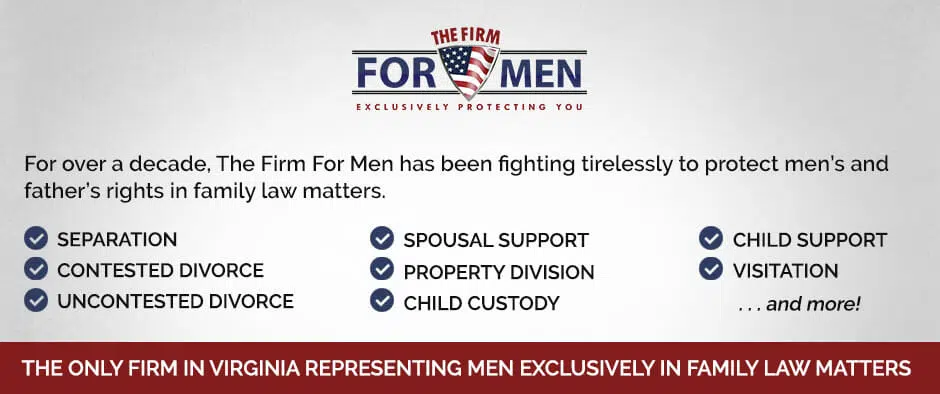For anyone in our nation’s military services, acronyms are a fact of life. From Weapon Of Magnesium, Battalion, Anti-Tank — aka WOMBAT — to Man-Portable Air-Defense Systems (MANPADS), weird clusters of letters invariably mean something important. The USFSPA, or Uniformed Services Former Spouse Protection Act, is an important acronym that could be a path to a comfortable retirement in later years. The six little letters hold six little secrets.
U is For Union
The Act is a way to divide a military person’s retirement income between ex-spouses. Let’s say your wife is a Colonel in the Air Force, determined to follow the path to glory first started by Air Force Gen. Lori Robinson (highest ranking female in the military).
Alas, you two decide to divorce, but thanks to the USFSPA, you may be entitled to a portion of her retirement funds. The union of marriage protected in the USFSPA must have lasted 10 years or more for a spouse to get a chunk of retirement pay from the Defense Finance and Accounting Service (DFAS). According to DFAS, this is the 10/10 Rule:
“For orders dividing retired pay as property to be enforced under the USFSPA, a member and former spouse must have been married to each other for 10 years or more during which the member performed at least 10 years of military service creditable towards retirement eligibility (the 10/10 rule).”
Keep in mind, if a court determines you are entitled to a portion of the military person’s retirement income, you get it. You get the money regardless, either straight from DFAS or from your wife, who has to send you a check each month. Getting it from the DFAS is obviously more reliable, and to your advantage. If you have to pay out (if you are the military service member), letting DFAS handle it also makes your life easier.
S is For State Jurisdiction
If you are the military spouse, the state jurisdiction of your divorce is key to keeping straight what falls under the USFSPA and what does not. In Virginia, if your residence or domicile is Virginia, a Virginia court can decree you give a share of your retirement money to your ex-wife.
You can also acknowledge the court’s jurisdiction, even if the court is not in Virginia, or you can take an “affirmative action” that shows your consent to that court’s jurisdiction.
Once both the state jurisdiction and 10/10 Rule are satisfied, the DFAS will comply with the terms of any divorce decree.
Keep in mind neither parameter — the 10/10 rule and the jurisdictional requirement — do not apply to enforcement of child support or alimony awards under the USFSPA.
F is For Fringe Benefits
The USFSPA also carves out some special treats for the former spouse of a military person. The former spouse can continue to receive commissary, exchange and health care services after the divorce. This is predicated on the 20/20/20 Rule:
- The marriage lasted at least 20 years; and
- The service member served at least 20 years; and
- The two cases (marriage and service) overlapped by at least 20 years
This is no small fringe benefit, either. The TRICARE, inpatient and outpatient care at any military treatment facility is valuable and substantial health care. If the overlap in marriage and service is only 15 years, the ex-spouse gets one year of transitional benefits and the option to purchase a health insurance policy.
If your marriage does not meet the requirements, the ex-spouse of the military member gets nothing.
S is For Strategy
Keep in mind that USFSPA does not automatically entitle an ex-spouse to anything; the court holding jurisdiction in the divorce must decree the entitlement. This means, if you are the military service member, you and your attorney need to develop a strategy to prevent your ex-wife from taking roughly half your retirement money.
If, on the other hand, you are the husband divorcing your service member wife, you must compel the court to grant you half (or whatever percentage you determine) of her retirement income.
Some military persons think USFSPA is an automatic road to riches; consult with your attorney before putting a down payment on a Land Yacht. Your Virginia divorce attorney can not only clarify your position on either side of the USFSPA, the two of you can refine a winning strategy for the property settlement agreement.
P is For Payment
The payment you receive as the ex-spouse can never be more than 50 percent of your ex-spouse’s military retirement pay. However … (pause for dramatic effect) … when payments are decreed both under the USFSPA and pursuant to a garnishment for child support or alimony under 42 U.S.C. 659, the total amount payable cannot exceed 65 percent of the member’s disposable earnings. Ouch.
Payments also depend on how the decree ordering the payments is written: as a fixed dollar amount, or as a percentage. With percentages, when your military ex-spouse gets a Cost of Living Adjustment (COLA), you also get a little boost in your slice. If the decree stipulated a fixed dollar amount, you get no COLA.
A is For Attorney
You will be wise to consult an attorney with knowledge of military divorce regulations and laws. The USFSPA is complex, as is any military divorce. While you can consult with a Judge Advocate General (JAG) Corps attorney, those fine folk tend to know more about courts martial than civil court. Consult an attorney experienced with military divorce, and if you are a man, consult The Firm for Men. Contact us or call 757-383-9184. We can guide you through the ABCs of the USFSPA.


